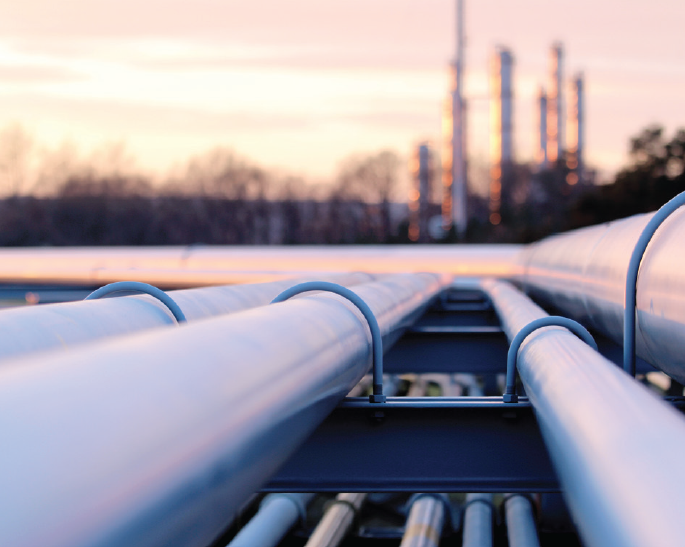RegenOx Application Quickly and Efficiently Lowered Diesel Range Organics (DRO) to Below ADEC Requirements
Project Highlights
- Two applications of RegenOx® reduced contaminants to a level below the Alaska Department of Environmental Conservation (ADEC) standards to protect against migration to groundwater
- Completed in 8 weeks, restoring agriculture viability
- Soil was safely and efficiently cleaned preventing fuel from contaminating a nearby sensitive receptor

Project Summary
A Hydaburg site in Alaska, owned by Alaska Power and Telephone, previously housed diesel fuel generators and is now being converted into a hydro-electric plant. The land was contaminated by a diesel fuel spill requiring remediation. Approximately 1,000 cubic yards of soil were impacted and the starting concentrations of DRO were approximately 1 500 ppm. The goal was to reduce concentrations to below the ADEC standard of 230 ppm.
Due to the cold weather encountered during this project and the sensitive infrastructure in the area, it was important that the technology work effectively in less than ideal conditions. Also, the technology could not be corrosive nor generate excess heat. RegenOx, produces minimal heat and pressure, is non-corrosive, and works well at any temperature above freezing making it ideal for this project. Additionally, RegenOx is a chemical oxidant which quickly and effectively destroys a range of contaminants-in this case, DRO. The soil was screened with a trommel and RegenOx was mixed in a cement truck before being sprayed onto the soil. RegenOx was applied twice, with the applications spaced a week apart. This site required 20 lbs of RegenOx per cubic yard, in total 20,000 lbs.
Technology Description
RegenOx is a percarbonate-based in situ chemical oxidation technology that rapidly destroys petroleum hydrocarbons and chlorinated contaminants through powerful chemical reactions. It directly oxidizes contaminants while a catalytic component generates oxidizing free radicals to destroy the target compounds.
Results
After two applications of RegenOx, the concentrations of DRO went from 1,500 ppm to below 125 ppm, satisfying the ADEC requirement of below 230 ppm, within 8 weeks. After the remediation treatment, the soil was spread out, grass was planted and is now growing at the Hydaburg site, attesting to the renewed health of the soil.

 Americas
Americas Europe
Europe Français
Français Deutsch
Deutsch Italiano
Italiano Español
Español



